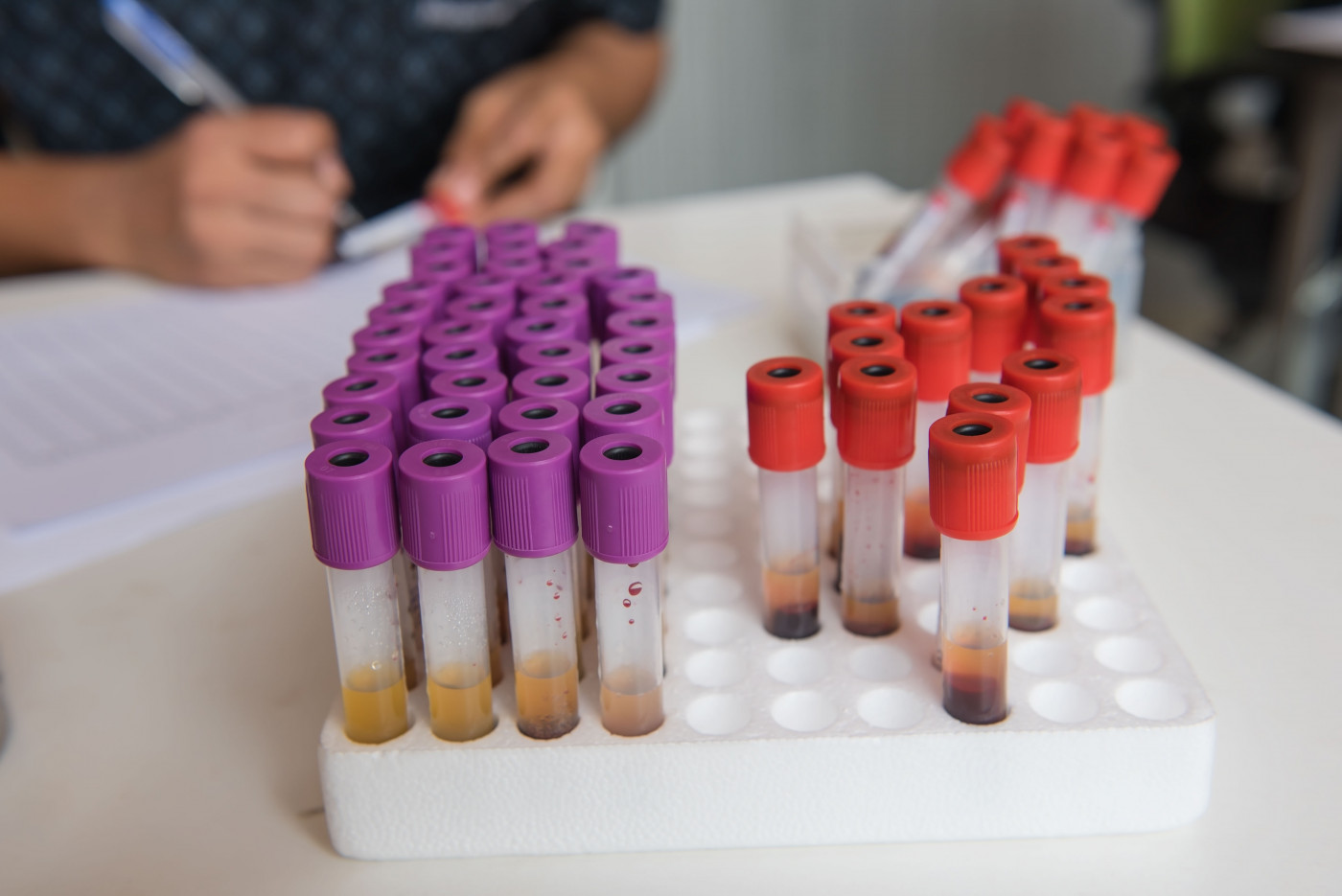Big Early Effects in Immunosuppressive Therapy Predict Better Outcomes
Written by |

Greater reductions in the levels of antibodies against the acetylcholine receptor (AChR) within the first three months after immunosuppressive treatment in people with myasthenia gravis (MG) are associated with better one-year post-therapy outcomes, a study shows.
These findings suggest that measuring anti-AChR antibodies shortly after the start of such therapy may be useful for assessing treatment responses and predicting one-year outcomes in MG patients who test positive for these antibodies (AChR-positive MG), the researchers said.
The study, “Rate of change in acetylcholine receptor antibody levels predicts myasthenia gravis outcome,” was published in the Journal of Neurology, Neurosurgery & Psychiatry.
In MG, the immune system produces self-reactive antibodies that mistakenly attack proteins involved in the communication between nerve and muscle cells, leading to muscle weakness and fatigue. AChR, which facilitates this communication, is the most frequent target of these harmful antibodies.
Besides its diagnostic value for MG, anti-AChR antibody blood levels have been suggested to reflect disease severity. However, whether these levels could be used to predict long-term outcomes remains unclear.
Now, researchers in Japan evaluated whether the rate of reduction of anti-AChR antibody levels induced by immunosuppressive therapy could predict patient outcomes at one-year post-treatment in people with AChR-positive MG.
The team retrospectively analyzed clinical and laboratory data from 53 AChR-positive MG patients whose anti-AChR antibody levels had been measured at a first visit and within 100 days (about three months) of starting immunosuppressive treatment. Specifically, the remeasurement of antibody levels in these patients was done at a median of 71 days (range, 55–84 days) after the start of treatment.
All of the patients — 31 women and 22 men, with a median age of 60 at the time of disease onset, were followed at the Chiba University Hospital, in Japan, between January 2013 and December 2018. None had received prior immunosuppressive treatment before the first visit.
Most patients (92.5%) received oral prednisolone alone or in combination with tacrolimus — often used to help prevent organ transplant rejection — as immunosuppressive treatment.
The researchers calculated the daily reduction rate of anti-AChR antibody levels for each patient between the start of immunosuppressive treatment and remeasurement to assess potential associations with one-year outcomes.
The results showed that the patients’ symptom severity, as assessed by scores on the MG Activities of Daily Living (MG-ADL) scale, tended to lessen gradually with treatment.
Notably, 79% of participants achieved the status of minimal manifestation (MM) or better within one year following immunosuppressive treatment. Of note, people with MM status cease to experience most disease symptoms and any limitations in function, although they still show some signs of muscle weakness.
An anti-AChR antibody reduction rate higher than 0.64% per day was found to strongly predict the achievement of MM or better status one year after treatment, and was therefore used as a cut-off value. A total of 30 patients had an antibody drop rate higher than 0.64% — the high-rate group — while 23 had a rate below the cut-off value and were known as the low-rate group.
A significantly greater proportion of patients in the high-rate group achieved MM or better status at one year, compared with those with a lower drop rate (90% vs. 65%). When adjusted for age, sex, and disease duration, these patients were nearly five times more likely to achieve MM or better status than those in the low-rate group.
In addition, these high-rate patients achieved positive clinical statuses earlier than did those in the low-rate group (median of 126 vs. 340 days).
Higher anti-AChR antibody reduction rates also were significantly associated with older age at the onset of MG, higher disease severity at the initial patient visit, and greater MG-ADL score reductions between the initial visit and the second antibody measurement.
Patients with higher drop rates also received higher initial doses of prednisolone, and lower doses at one year post-treatment.
The data highlighted that a high reduction rate of anti-AChR antibody levels was associated “with favorable prognosis and low dose of prednisolone, presumably because a change in AChR Ab [antibody] levels reflects steroid responsiveness,” the researchers wrote.
This rate may be used to help select an appropriate treatment for each AChR-positive MG patient, the investigators said. It’s useful because it can be calculated “at a relatively early stage of treatment, and it could reflect steroid responsiveness,” the team added.
These findings support remeasuring anti-AChR antibody levels within 100 days after immunosuppressive therapy to assess treatment response and predict outcomes in people with AChR-positive MG.
The team noted, however, that multicenter, larger studies are needed to confirm the predictive value of this antibody reduction rate in this patient population.






Leave a comment
Fill in the required fields to post. Your email address will not be published.